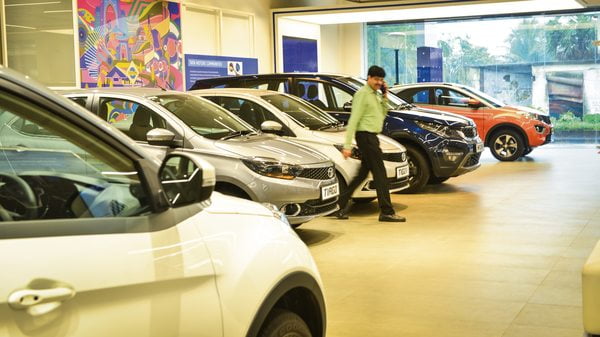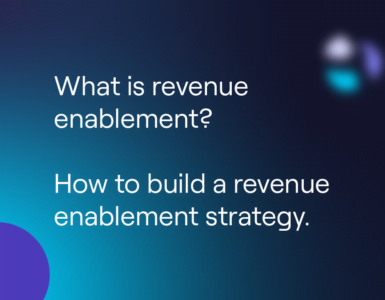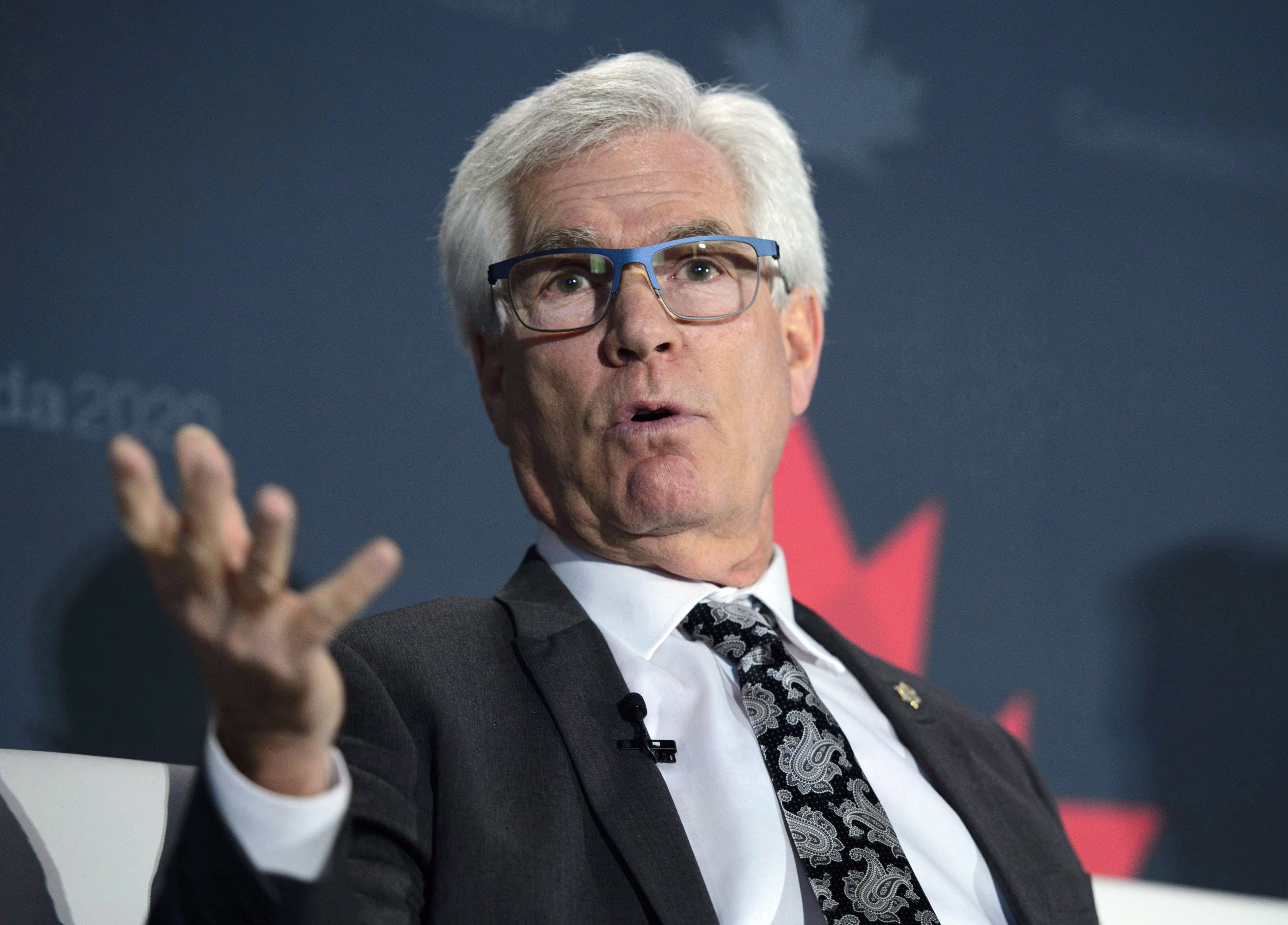
New Delhi: Retail sales of automobiles across the country fell by 6% year on year to 1654535 units in July, as consumption demand continues to remain subdued due to the overall slowdown in the economy and lack of credit availability, data released by Federation of Automobile Dealers Associations on Monday showed. Passenger vehicle manufacturers resorted to massive reduction in production to adjust wholesales with the retail demand in the domestic market.
According to the data, barring three-wheelers, registrations of vehicles across segments witnessed decline in single and double digits but the rate of decline was much lower than the fall in wholesale dispatches.
In the passenger vehicle segment, showroom sales declined by 11% year on year to 243183 units as customers stayed away from the showrooms due to lack improvement in availability of credit or finance options, higher cost of ownership and overall slowdown in the economy. In the corresponding period retail sales stood at 274772 units.
The difference in the rate of decline in wholesales and retail volumes in the July were quite significant.
Wholesale dispatches of passenger vehicles during the month fell 31% year on year to 200,790 vehicles last month from 290,931 units a year agonising, showed data released by the Society of Indian Automobile Manufacturers (Siam). It was the worst sales performance since a 35% decline in December 2000.
This was also the ninth straight drop in monthly wholesale passenger vehicle sales. Sales have fallen in 12 of the 13 months since July 2018, underscoring the sharp slowdown in demand in the world’s fourth-largest automobile market.
In July, dispatches of passenger cars plunged 36% to 122,956 units, while utility vehicles recorded a 15% drop to 67,070 units. Vans suffered a 46% decline to 10,804 units.
According to Ashish Kale, president, FADA, the lobby group would urge OEM’s to regulate the inventory at the earliest by reducing wholesale supplies. With the current weakness in overall demand, especially, in the commercial vehicle segment, the current inventory is a worry for the dealers at a time when the transition to BS 6 now being just six months away.
“Liquidity currently seems to be surplus in the banking system and with the strong focus of the RBI and finance ministry, should continue to be so. The recent rate cut by the RBI is an indication of its policy of monetary easing and is a big positive. The need now is in transmission of the surplus liquidity and rate cuts in lending at retail levels to spur growth, as banks and NBFC’s still continue to have a cautious approach,” added Kale
In the commercial vehicle segment, sales from showroom declined by 14% to 23118 units as lack of credit from Non-Banking Financial Companies and increase in freight carrying capacity of trucks have impacted sales significantly. The top two commercial vehicle manufacturers – Tata Motors Ltd and Ashok Leyland Ltd – announced shutdowns in their respective manufacturing capacities to match the falling retail demand during the month.
In the two wheeler segment the increase in insurance premiums and sharp contraction in demand in the rural areas led to a 5% year on year decline sales 1332384 units.
Weak domestic economic activity and escalating global trade tensions led the Reserve Bank of India to cut India’s growth projection for 2019-20 to 6.9% last week from its June forecast of 7%. A liquidity crunch caused by a shadow banking crisis since late 2018 has exacerbated the woes of the auto industry. Severe floods in key states such as Maharashtra, Kerala and Karnataka before the onset of Onam and Ganesh Chaturthi are also impacting the fortunes of the automobile industry.
According to FADA, average inventory of passenger vehicles with dealers in July got reduced to 25-30 days from 30-35 days in the month before. Same for the commercial vehicles continued to remain in the range of 55-60 days as retail sales didn’t improve. In the two-wheeler segment as well, inventory with dealers remained around 60-65 days like the month before as manufacturers continued to push inventory. The lobby group of automobile dealers has been urging manufacturers to maintain inventory of 21 days with dealers.
[“source=livemint”]




















































